Morning at Harder Hall Hotel
Sunlight rises through broken windows, dust motes drifting over chipped tile floors. The tower's silhouette, stained with age, casts long shadows.
In the lobby, plaster peels like old skin. The stair rail is solid wood, carved decades ago, raw and heavy, still there.
Pool walls stand empty, cracked, and half-covered by weeds. The space smells of dust, lake air, and moss from the walls.
Yet the building feels present, watching, breathing. The overlook terrace frames the water with crumbling balustrades.
It opened in 1927 with bravura - seven stories, arcades, ironwork, a spa, and a grand pool looking across Lake Jackson.
Biltmore-backed investors pushed it; William Manly King drew it.
The idea was to remake Sebring as a winter refuge, to lure northerners with sun and elegance.
In the early years, guests in linen suits attuned to each sunset.
Staff in crisp dress uniforms. The hotel was the town's pulse.
But financial collapse in Florida was already creeping. Harder Hall was born as much from hope as hubris.

How It Lived
Inside, the ceilings once soared. The public rooms had a twenty-foot height, plaster moldings, and arched corridors.
Light came in from large multipane windows.
Back then, people would moor small boats by the shore, walk across the lawn to the spa.
The grounds included tennis courts (plans show twelve), gardens, and promenades.
The lobby took in lake breezes through the coupling arches.
Floors were unglazed ceramic tiles, cool beneath bare feet. Wrought iron balconies offered views over the water.
The spa building was separate; it had its own rooms for steam baths and relaxation.
Guests would stay in the sun, return for cocktails in the bar, and dance into the evening.
The structure worked like clockwork: laundry, kitchens, service corridors, a whole machine under that stucco shell.
Golf and Rebirth
In the midcentury, the hotel rebranded around a new asset: golf.
The property brought in Dick Wilson, a notable golf architect, to design 18 holes by 1958.
That course became the anchor when tourism shifted.
Then came the Women's Invitational in 1956, before women's golf got national media attention.
Rising amateurs competed there, cameras followed them, and local people sold tickets.
The hotel lobby buzzed again.
The course drew visitors beyond just hotel guests; it gave Harder Hall a new identity when social tourism faded.
That tournament remained for decades at that course location until 2021, when it shifted to Sun' N Lake.
The legacy remains in trophy rooms, record books, and the faded logos on old scorecards.

Ruin and Quiet
After 1986, the building was abandoned. Leaks opened in the roofs.
Ceilings collapsed in corners. The ballroom, once a star, cracked and hollowed.
The pool turned into a pond for frogs. Vines crept over facades.
In 1990, it was listed on the National Register.
That recognition prevented demolition in many proposals, but no budget followed.
City, state, and private buyers floated projects.
Senior housing, assisted living, boutique hotel - none closed. The structure just sat, waiting.
Inside, nothing moved except the light. Dust gathered on the floors beside shards of plaster.
Graffiti covered the walls where murals once hung, and the windows trapped their own reflections in the dark.
When storms rolled over the lake, water ran down the stairwells and pooled across the tiles.
It was as if the building had started keeping its own diary - one written in stains, rust, and the slow pulse of decay.
Holding the Weight
Sebring took ownership of Harder Hall in 2007, after another developer's plans had collapsed into bankruptcy.
City officials walked the wreckage wearing hard hats, their voices echoing through corridors lined with peeling paint and broken glass.
They drafted new zoning rules, commissioned inspections, and imagined a way to save what was left.
Every estimate came back higher than the last.
In 2015, another proposal surfaced.
South Florida Senior Living signed a contract to convert the hotel into independent and assisted living apartments.
A deposit was paid, sketches were shown, and the city prepared to celebrate the deal.
Then the numbers failed to work.
The costs of roof replacement, structural stabilization, and restoration of the stucco facade buried the plan before construction could begin.
After that, time simply stopped.
Years passed in silence, punctuated by the clatter of falling tiles and the scrape of vines across windows.
No one tore it down, but no one fixed it either.
The building lingered like an unpaid debt, a reminder of promises the town had made to itself.
People drove by, slowed their cars, and stared at it from the road, waiting for something to happen.

Restoration Attempts
Change finally arrived in 2022, when a family from St. Petersburg bought Harder Hall for about four million dollars.
By 2024, city records showed measurable progress.
The restoration team installed a 135-foot concrete beam to stabilize the foundation.
Architects filed new plans for the building's envelope and window systems, mapping every crack and scanning the original blueprints to match the details.
This time, there were no glossy renderings or empty press releases, just work.
Crews went up on the roof and began replacing the broken clay tiles that had leaked for decades.
Engineers poured new concrete footings to steady the sagging frame.
Inside, workers swept out years of debris and opened the rooms to daylight for the first time in nearly forty years.
Now, scaffolding surrounds the façade. Windows that were boarded up for decades stand open again.
Panels come down, revealing the texture of old stucco under the dust.
Moss is scraped from the terraces, and the bare steel of the structure gleams through.
The work is slow and full of setbacks, but something real is happening at last.
For the first time in a generation, Harder Hall isn't waiting anymore - it's changing.
Memory and Hope
Harder Hall stands between memory and future. It holds room for ghosts. It holds dreams of revival.
You can still feel the sweep of the foyer, the reach of the terraces.
You see old ironwork in shadows, see tile fragments.
You hear echoes of laughter in hollow halls, even though no one walks there now.
Ruin is not nothing. It holds presence.
And when they finish this work, the new Harder Hall will carry scars, hope, and ambition.
The building is not just a rescue project.
It is a story of boom, of decay, and the stubborn faith that something broken can stand again.


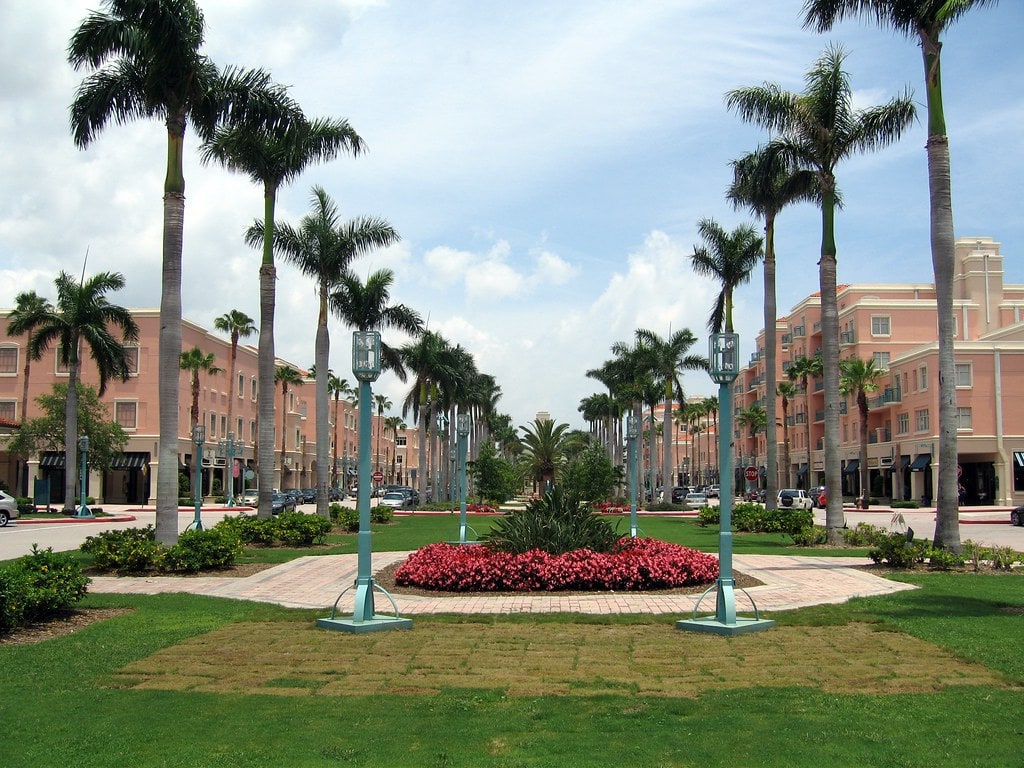
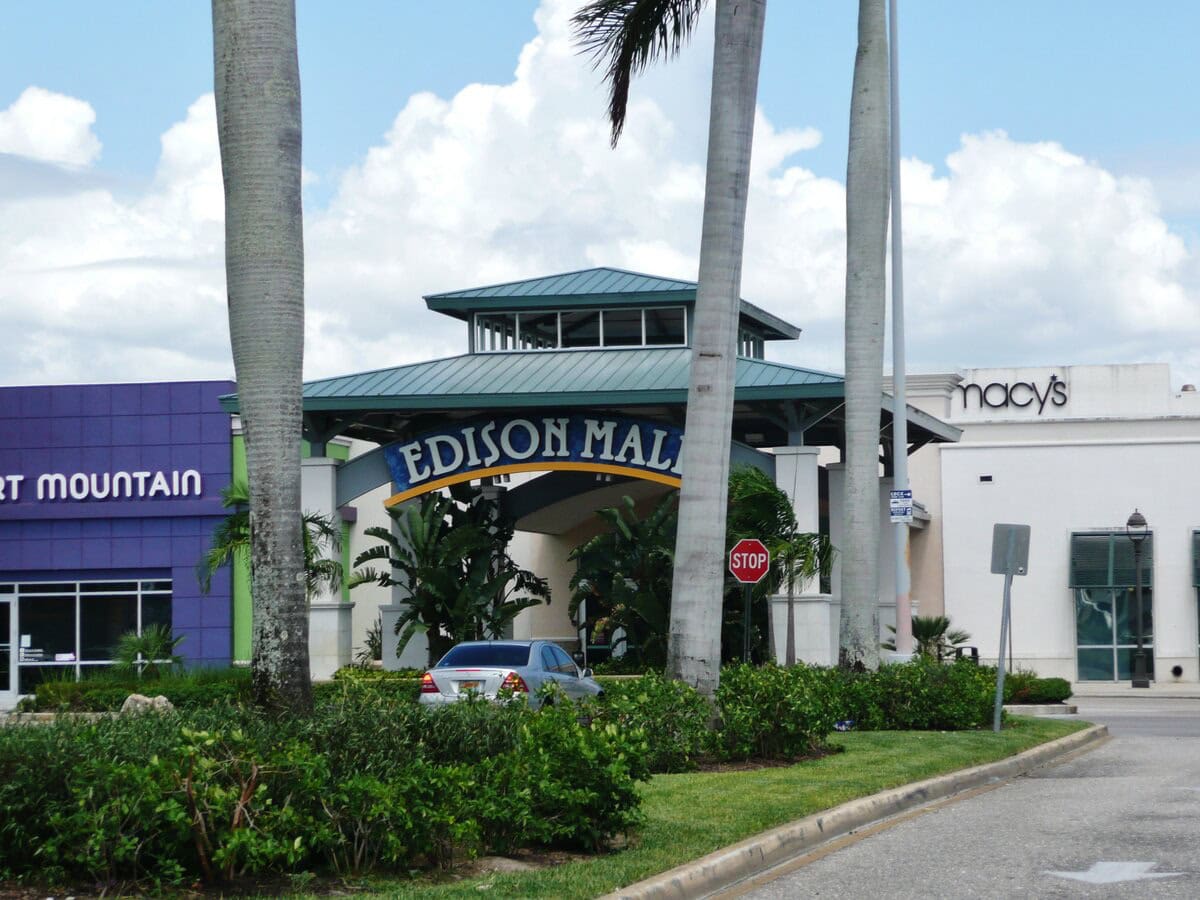
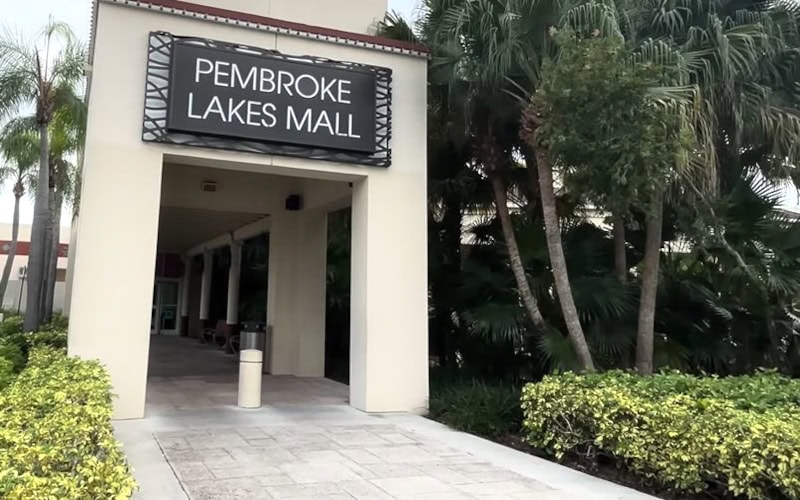

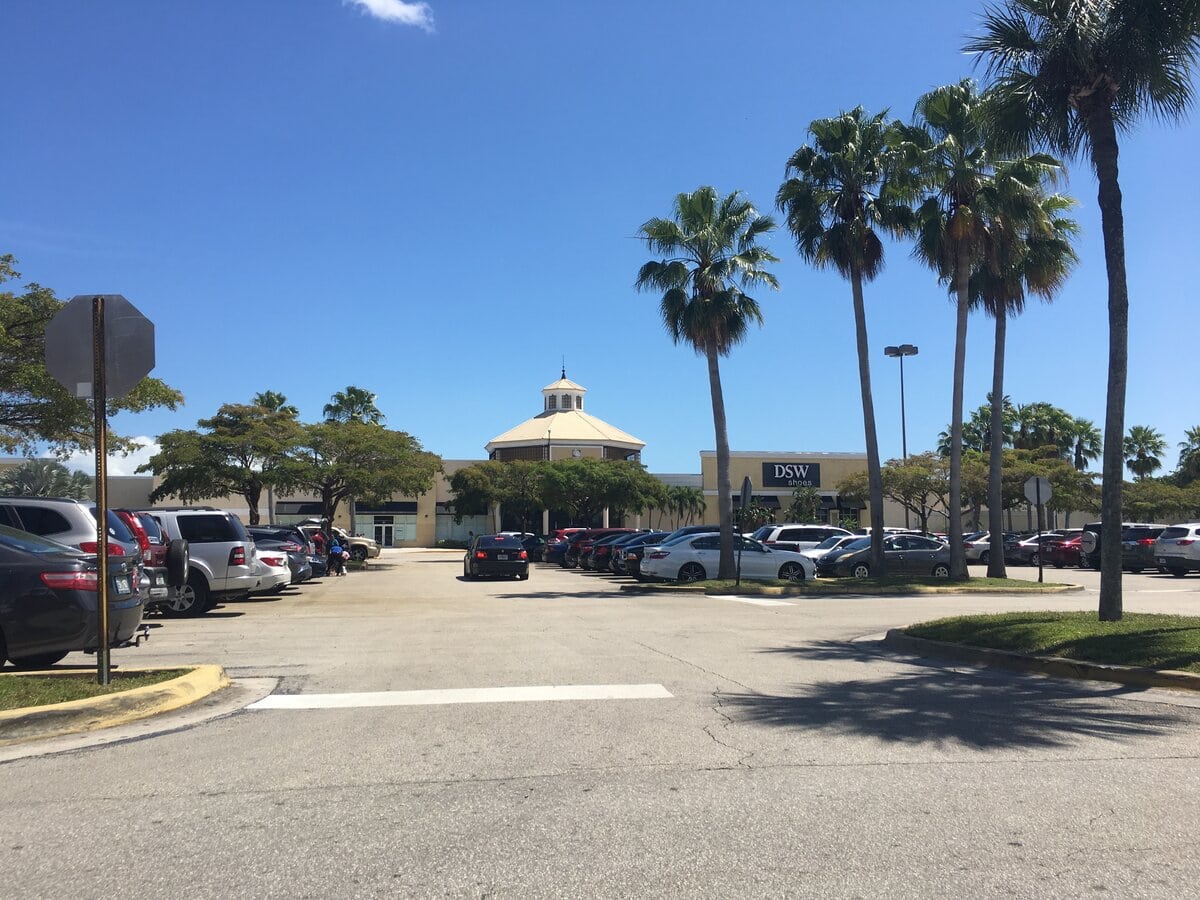

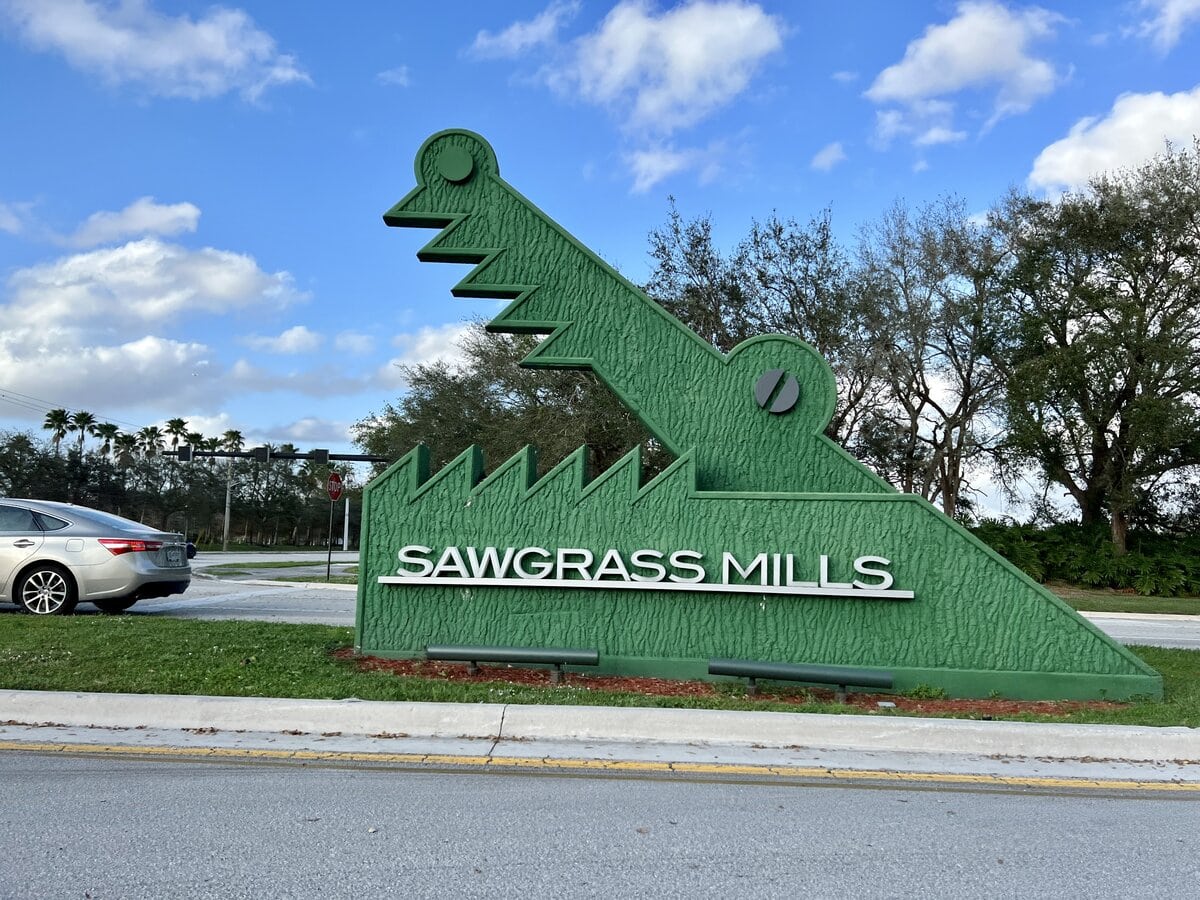

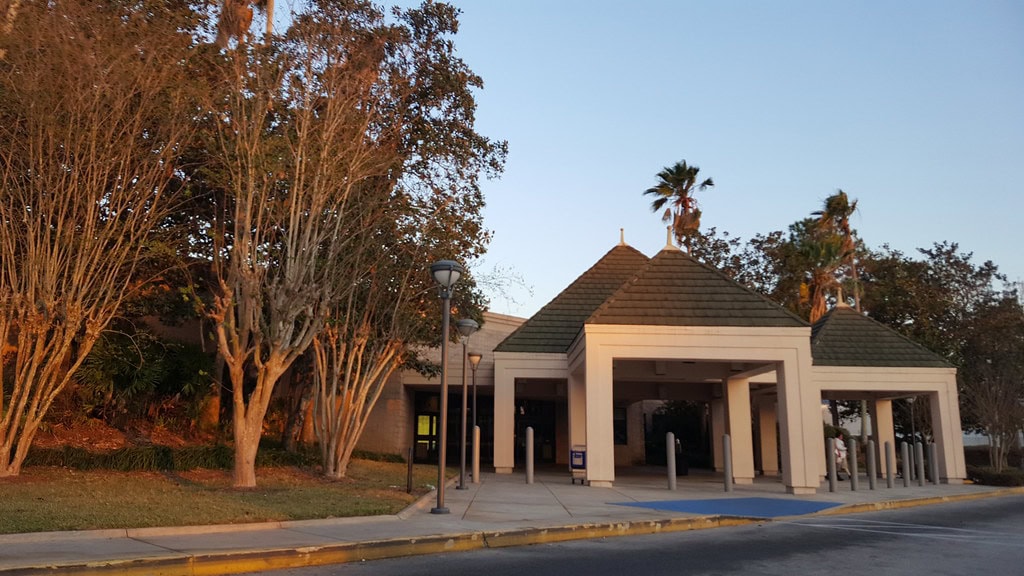
I enjoyed the trip down the Harder Hall history.
Having attended the Sebring City council meeting with the Blackmon's
Where an RFP for the City owned golf course was discussed and appeared to be a major issue for the Blackmon's.
May hope is that this issue can be resolved and the entire rebuild program continues to completion. After approximately 30 years of trying to find a new developer this may be the last best hope for Sebring and Highlands County.
Thank you for such a thoughtful note, and for being in the meeting. You're right about the scale of time here. Thirty years of waiting have made locals cautious but hopeful. Everyone wants to see this building come back to life.